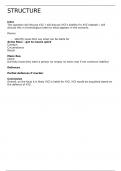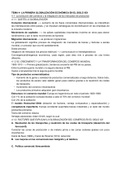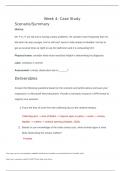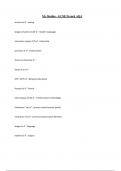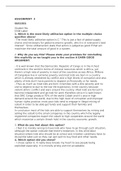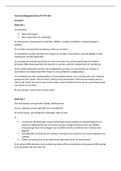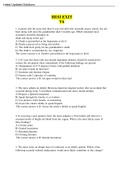Samenvatting
Criminal law cheat sheet summary
- Vak
- Instelling
This document provides a comprehensive summary of the criminal law module. It contains step by step requirements for each topic and the prongs required. Includes the cases related to each point and is clearly labelled. Perfect for a problem question
[Meer zien]
